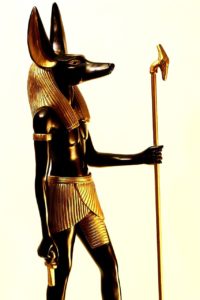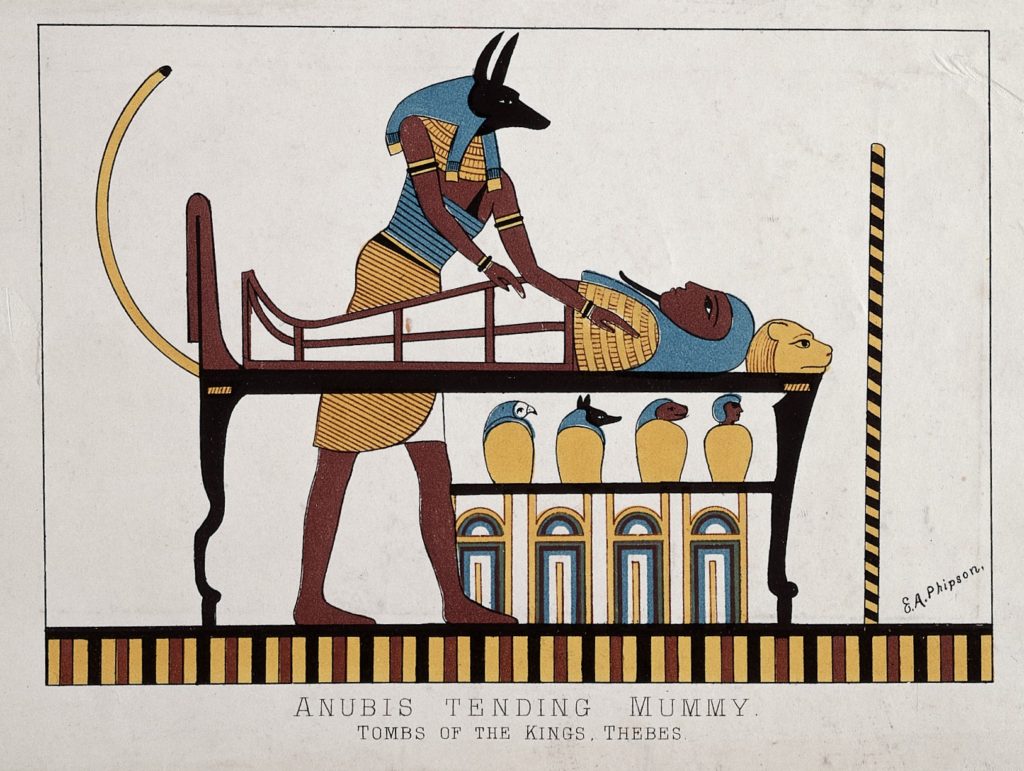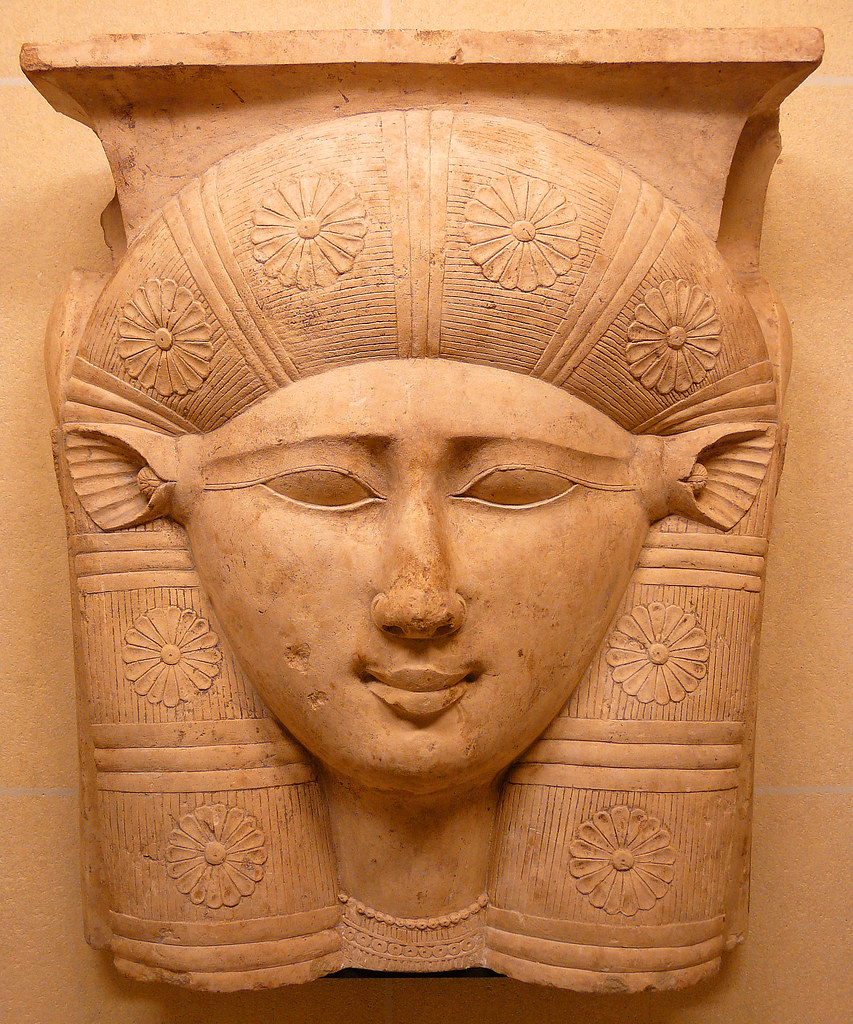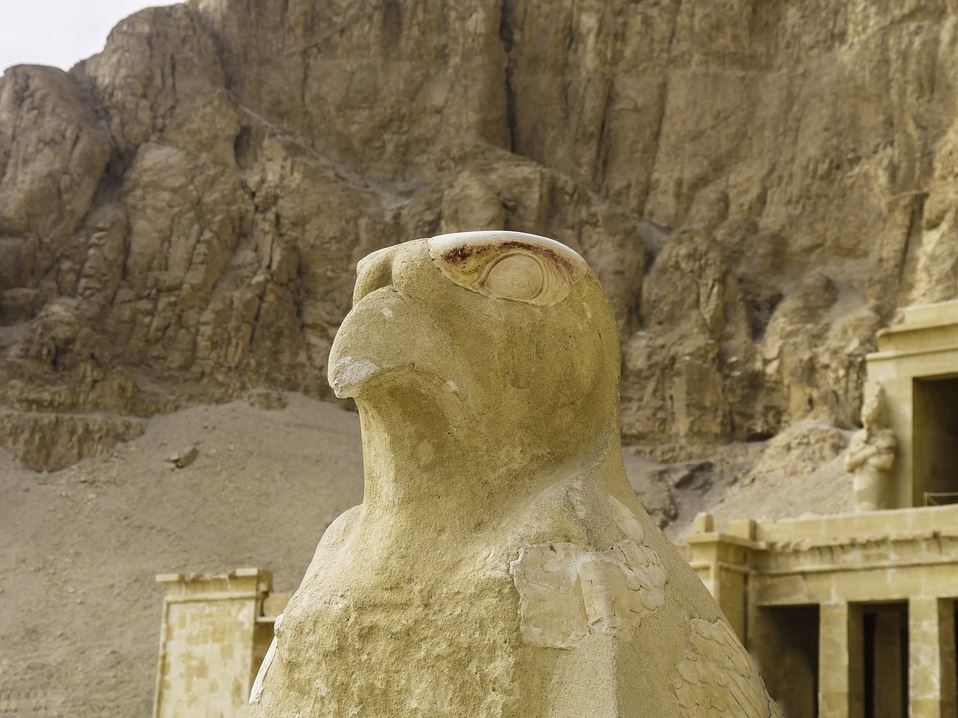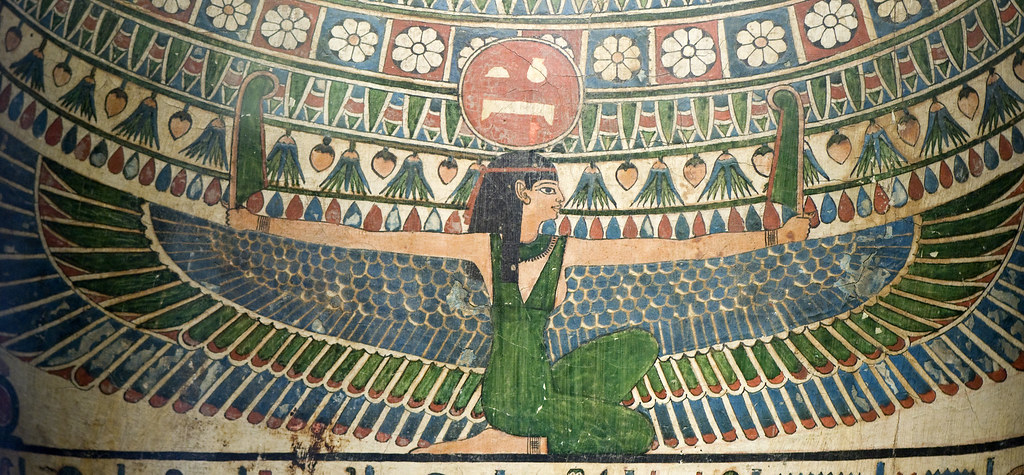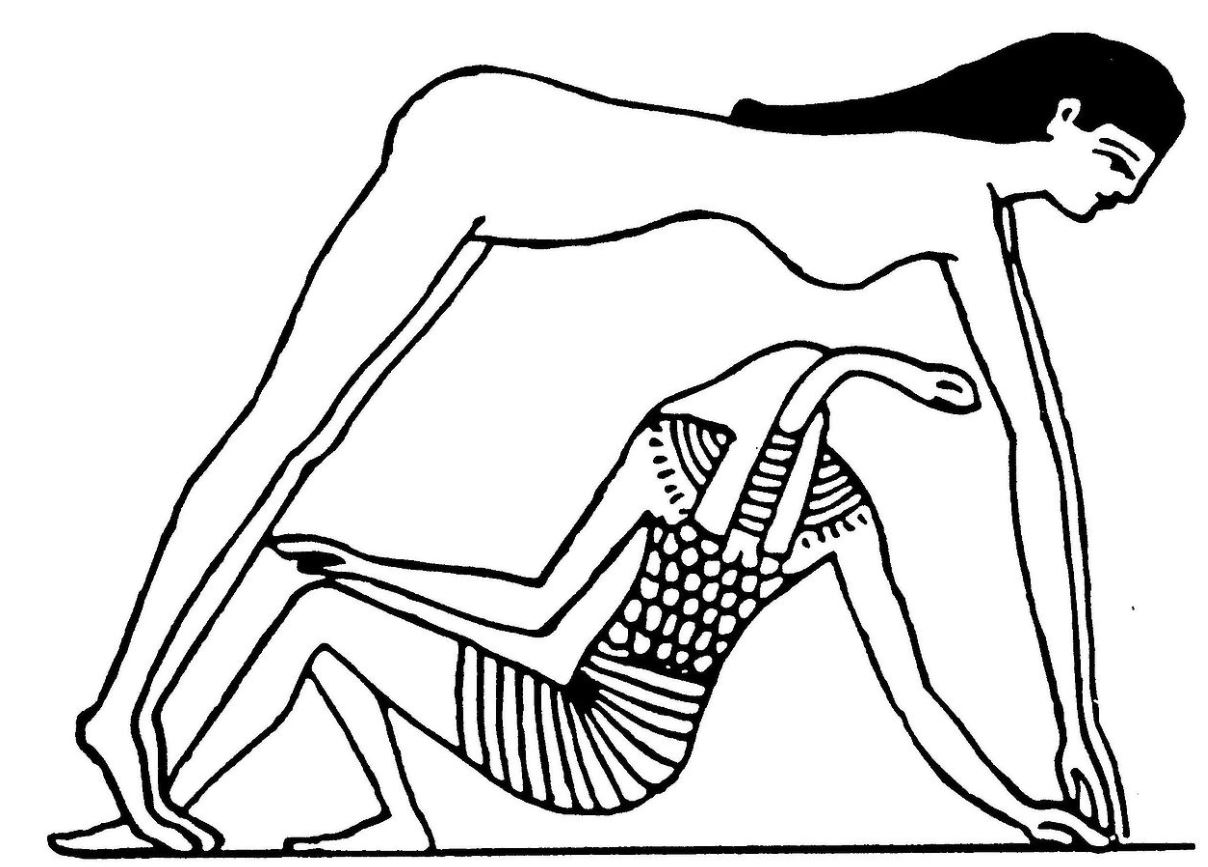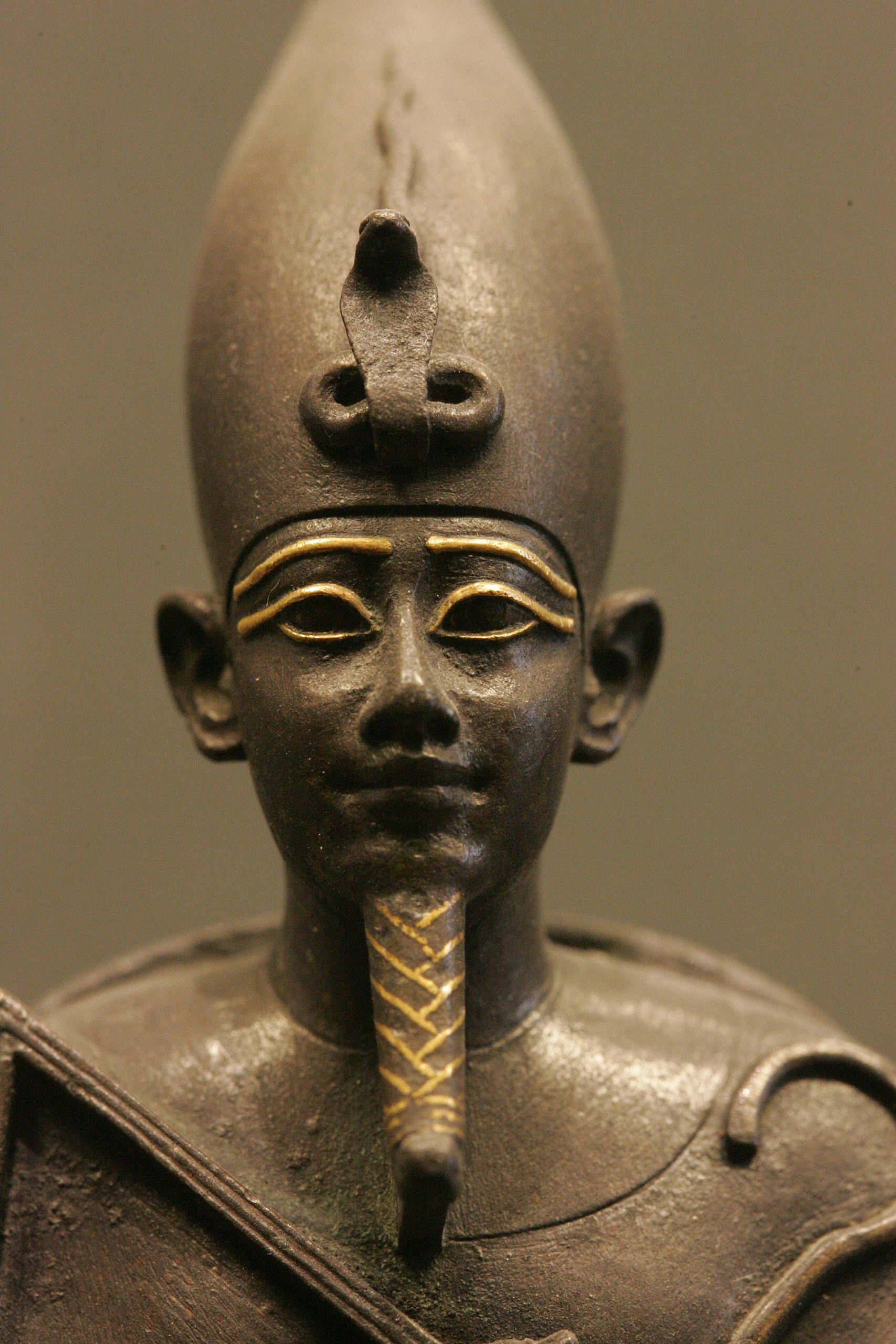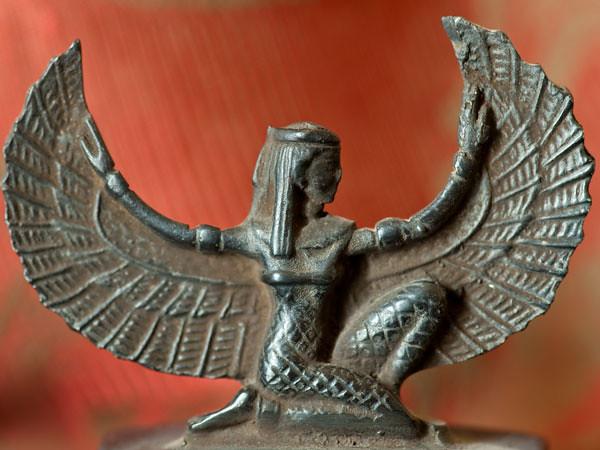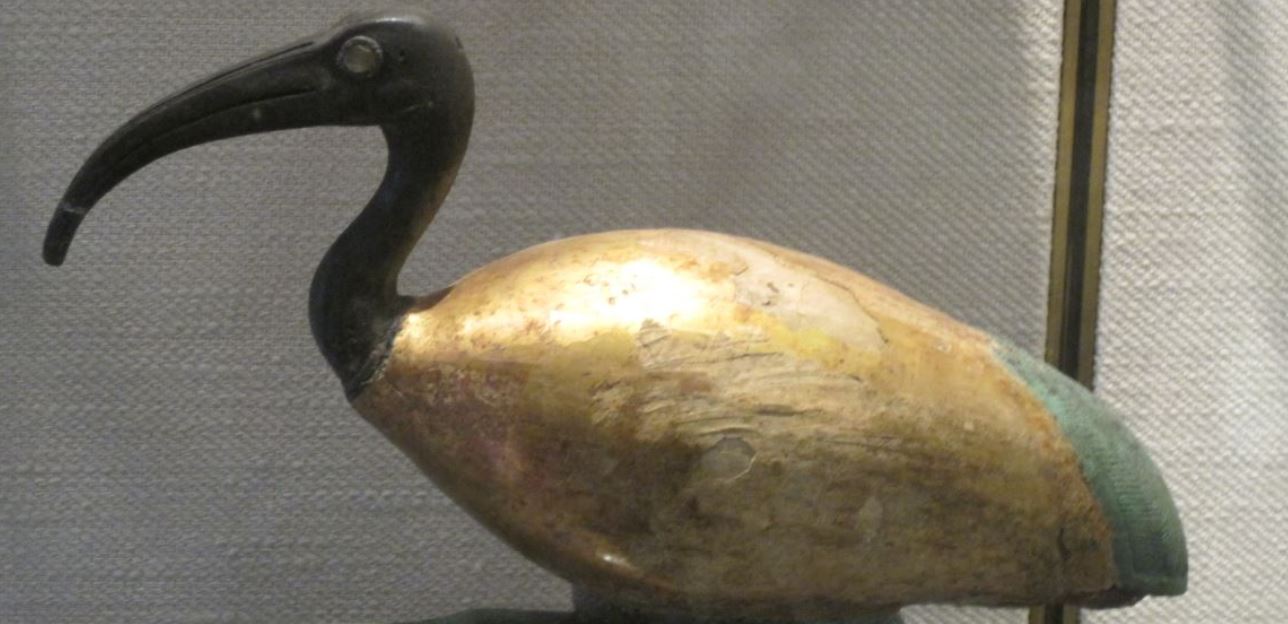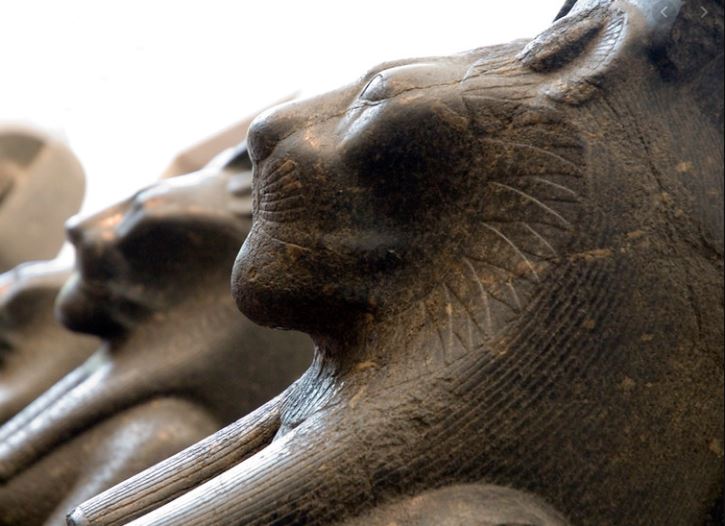Anubis, The Egyptian god of Death
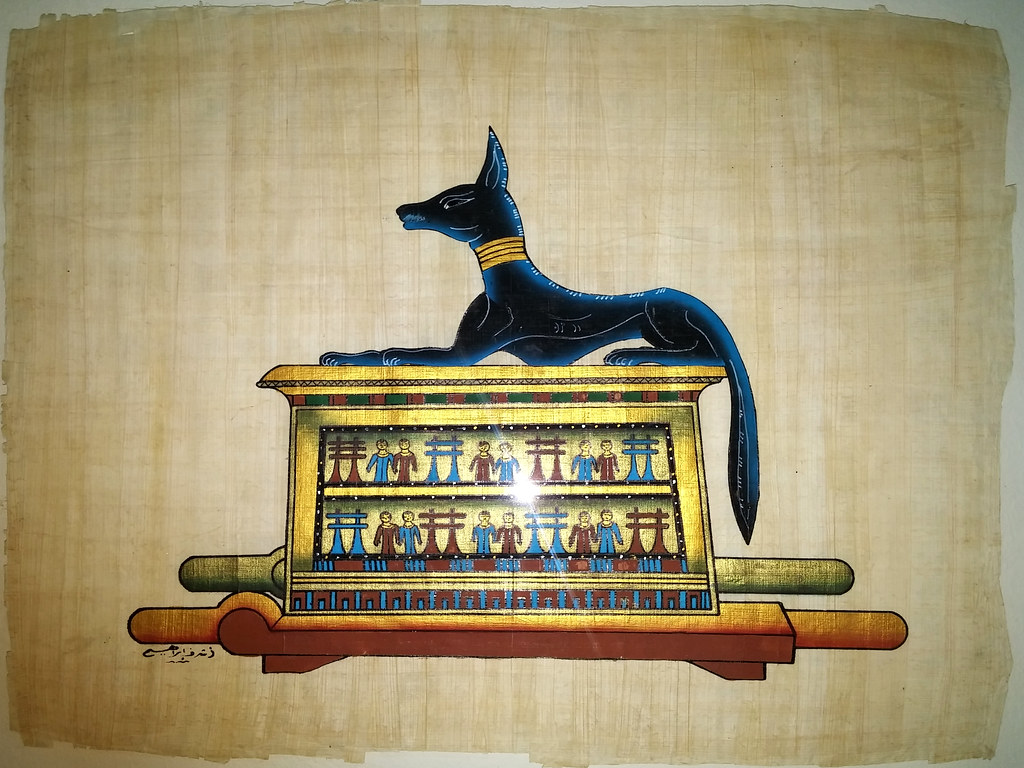
It is known that Death and the Afterlife occupied a very important role in the religion of ancient Egypt. It is not surprising then that Anubis, the Egyptian god of death, was a prominent figure in their Pantheon.
While at the beginning of ancient Egyptian religion he shared his role with no other deity, by the Middle Kingdom (a period which goes from 2055 to 1650 BC, approximately), the Egyptian god Anubis had almost completely been replaced by Osiris.
Like many other ancient Egyptian gods, Anubis was often represented as an animal, or as a man with an animal head. In particular, his features resembled those of a dog, a wolf, or a jackal.
Anubis meaning: the Origin of the Name of the Egyptian god of death
The name of the Egyptian god of death “Anubis” is actually a Greek translation. To correctly answer what is Anubis the god of, we need to deepen a little more about his name.
The Egyptians called him “Inpu” or “Anpu”, words whose root, in the ancient Egyptian language, meant “a royal child”. His name seems also connected to the root of the verb “inp”, which meant “to decay”.
A statue of Anubis god of death
History of the egyptian god Anubis
As far as we know, the figure of Anubis god of death has always been present in the ancient Egyptian religion, but it had an evolution through time.
Even the myths explaining his origin, parenthood, and roles underwent some changes from one century to another.
In earlier periods, the Egyptian god Anubis was considered a son of the god of the Sun, Ra. His mother was thought to be the goddess Hesat, having the aspect of a cow, or Bastet, who was instead portrayed with the head of a cat.
He also had a brother, called Wepwawet. Anubis wife was called Anput, who shared, in most of their representations, his canine appearance. Take a look at the following image of her, in her human appearance.
Anubis wife: Anput
Most Important Myths Related to the Egyptian god of death
Though he was extremely popular among the population, the Egyptian god Anubis does not appear in many myths.
Let us take a look at some of the most relevant stories which have Anubis as one of the main characters
Rescue of Osiris
In one myth the evil god of deserts, chaos and violence, Set, in the form of a leopard, attempted to attack Osiris’s body.
The god of death Anubis protected Osiris, branding Set’s skin and then flaying him.
Embalming of Osiris
The connection between the Egyptian god of death Anubis and the practice of mummification comes from the Osiris myth.
Anubis was in fact said to have helped Isis embalming Osiris after his death by the hands of Set, and to have even been given Osiris’s organs as gifts.
Pictures of Anubis the Egyptian god tending a mummy
Anubis, god of death and souls’ guide
Though other deities were sometimes depicted performing this activity, the task of guiding the souls of the dead in the Afterworld was most commonly attributed to the Egyptian god Anubis. He was represented accompanying men and women by the hand to appear before Osiris.
Anubis and Osiris, the Judges of the Hearts of the Dead
One of the most famous myths of ancient Egypt is of course the one describing the ceremony of the weighting of the heart.
In this story, the dead person’s soul appears before Osiris, and her or his heart is put on one plate of a balance carrying a feather on the other plate.
In order to be admitted to the Afterlife, the dead person’s heart has to be lighter than the feather. The Egyptian god of death Anubis is in charge of the weighting.
Pictures of Anubis the Egyptian god judging a dead
The Egyptian god Anubis powers
Egypt’s ancient religion incorporated magic among its elements, so ancient Egyptian gods often possessed some sort of magic powers.
Anyway, due to the relatively scarce amount of stories regarding him, the Egyptian god Anubis powers were not very relevant, beyond the ones connected to the fact of being a god.
Indeed his only and main power constantly remembered and probably responsible for his great popularity, was that of being able to keep tombs untouched.
According to Egyptian beliefs, to enter the Afterworld and to keep living in it, it was essential to preserve the body in the best possible manner, a reason why ancient Egyptians invented the technique of mummification.
Unfortunately, these efforts to preserve the body were often made vain by dogs, wolves, and jackals that scavenged the tombs to eat the flesh from corps.
Anubis was considered able to keep these animals away from tombs, and for this reason, he was often depicted in burial sites and prayers to him were written in graveyards.
Anubis symbols and their meanings
As common in a highly symbolic religion, as was the one of ancient Egypt, the god of death Anubis was associated with many symbols or symbolic features, which constantly appeared in the images which represented him.
Anubis symbol meaning: a Canine Head
As we said, the Egyptian god of death Anubis was almost always portrayed with a canine head, or as a sort of dog. Of course, this choice was not casual.
We have remarked the fact that dog-like animals worried ancient Egyptians because of their habit of digging dead bodies and eating their flesh, and the Egyptian god of death was thought to be able to dissuade them from doing so.
Representing him as one of the animals he was considered able to repel is probably a sign of Egyptians’ attitude to think that a foe can be fought using something similar to it.
A representation of the jackals as one of the main Anubis symbol
Anubis Dark Skin
As a matter of fact, the Egyptian god Anubis is always portrayed with a dark complexion. It clearly reminds the color of the dead, which is usually dark, and is also a symbol of regeneration, since the fertile land on the banks of the Nile is dark.
Attributing to the god of death Anubis the concept of regeneration is not a contradiction since, for the Egyptians, death only represented the beginning of a new, eternal life.
The Flail of the Egyptian God Anubis
Anubis is often represented holding a flail. Being it an agricultural tool used to separate grains from their husks, it is a symbol of fertility.
It, therefore, means rebirth and regeneration, the same concepts mentioned above in connection to Anubis’s dark skin.
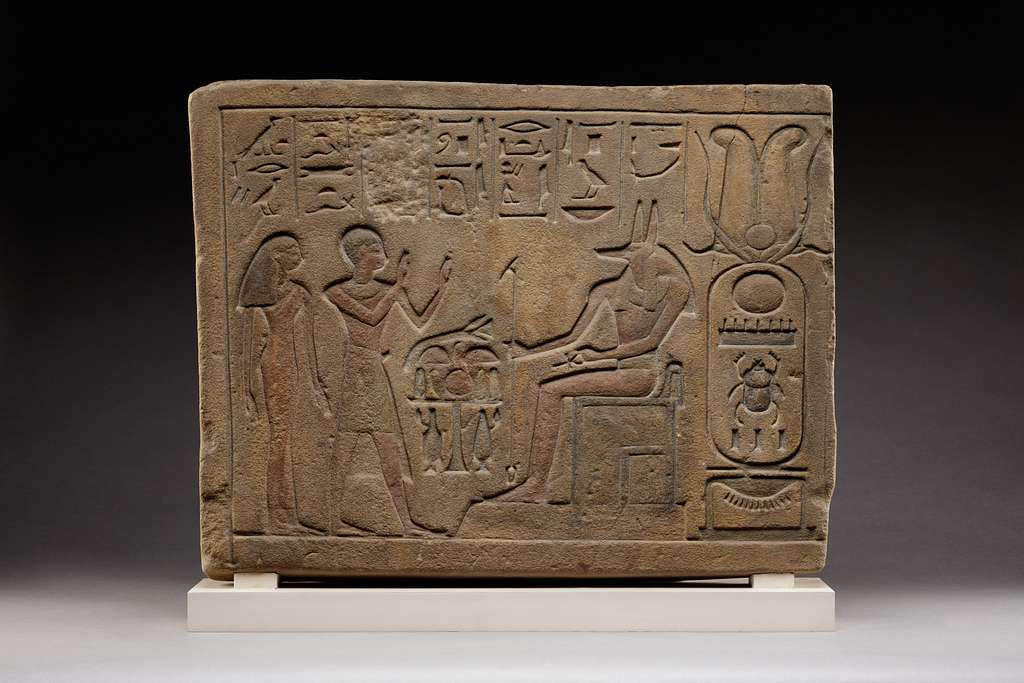
Relationship with other deities
Thanks to his role of guide of the dead, the Egyptian god of death Anubis was seen by ancient Greeks and Romans as similar to their god Hermes or Mercury.
During the Hellenistic period these deities eventually became known as a single entity called Hermanubis, and as such were worshipped, particularly in the city of Cynopolis, whose name, in ancient Greek, means “city of dogs”.

